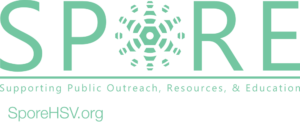
We are inspired by the idea that technology can enable circular economies and community resilience.
By developing and distributing technology to the public, we hope to not only help clean up the environment but to stimulate localized product manufacturing, therefore stimulating the local economy and reducing the length of supply chains.
Every machine we create will be made open source and available to be used by the community (as well as OSHWA Certified, where applicable).
Public Education:
Through our initiative to Support Public Outreach, Resources, and Education (SPORE), we host classes and events to teach the public how to utilize 3D Printing and recycling to make their own products. Eventually, we hope to have multiple chapters across the country.

Online Workshops:
In a changing world, we have moved many of our classes and workshops to online platforms. This learning experience has lead us to broaden our horizon to teach on a new level and reach out to people all over the world that are interested in being empowered by our mission.
Circular Economy Workshops:
In order to teach our audience how to be sustainable and self-resilient in times of uncertainty such as the current pandemic, we teach various classes on practical skills, such as growing your own food using hydroponics, learning about microgreens, and being aware of future trends of food systems and emerging technologies.

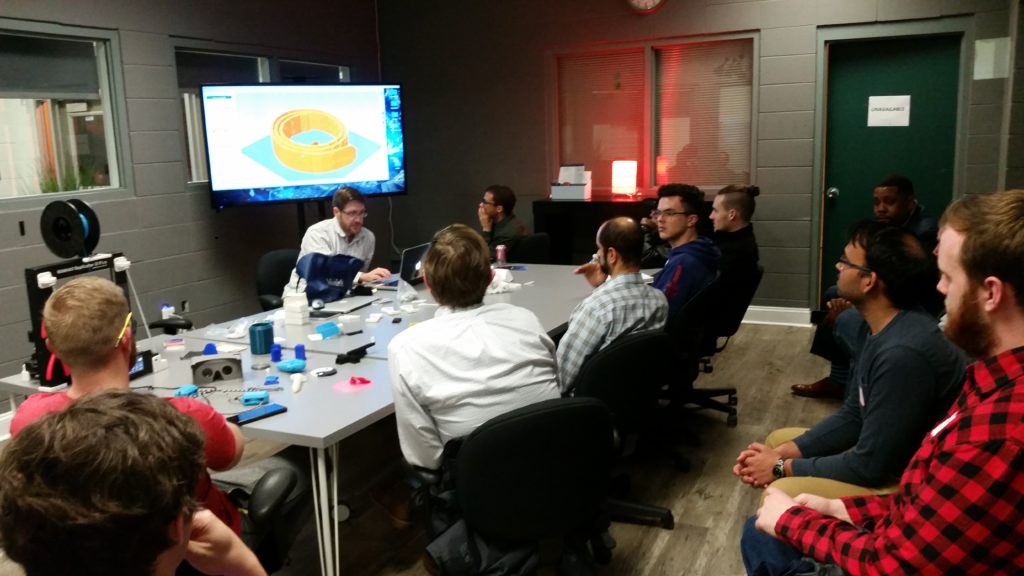
3D Printing Classes:
SPORE Huntsville also periodically hosts events as part of our mission to connect the community to local 3D Printing Resources. Whether it be inviting local businesses to show off what they do in 3D printing or recycling, or hosting competitions, races and hackathons related to 3D printing and recycling; we bring people together through events in order to spread awareness about these technologies.
3D Printing Cart:
Building carts with everything needed to start a 3D printing space on one mobile cart, including a computer for slicing and 3D modeling, and of course, a 3D Printer.
SPORE Huntsville‘s first cart was sponsored by Toyota Motor Manufacturing, Alabama, Inc. (TMMAL) and was donated to the Cavalry Hill Public Library in Huntsville, Alabama. It became an instrument to teach the library guests about 3D printing and is still being used to print for patrons today.
With each cart donated to public libraries, we expect it to potentially bring 3D Printing access to an average of over 2,500 children and families per year.
In areas with a high poverty rate, access to equipment like 3D printing can help stimulate STEM activities in youth and students, positively impacting their career paths.
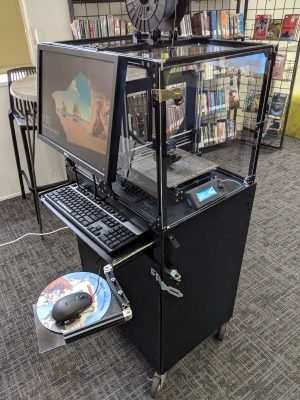
Circular Waste
Plastic Recycling Hub:
Some countries have stopped importing the world’s plastic, and as a result, it is accumulating quickly. That’s why we want to provide a local outlet to the public to transform this plastic waste into useful goods.
As part of our pursuit towards accelerating the circular economy, we have built and donated a plastic shredder, a Filastruder (melts and extrudes plastic into 3D Printing Filament), and a Filawinder (automatically winds the plastic) to a makerspace at the University of Alabama in Huntsville. The machines are based on the open source Precious Plastic machines.
Now, students can recycle their waste plastic into 3D printing filament and create new items from wasted plastic bottles! They can repurpose that plastic into useful goods that can be sold for a revenue stream; goods like 3D printing filament, phone cases and mounts, chess sets, desktop organizers, rulers, flower pots, bag clips, drain stoppers, guitar picks, buttons and many more useful everyday items.

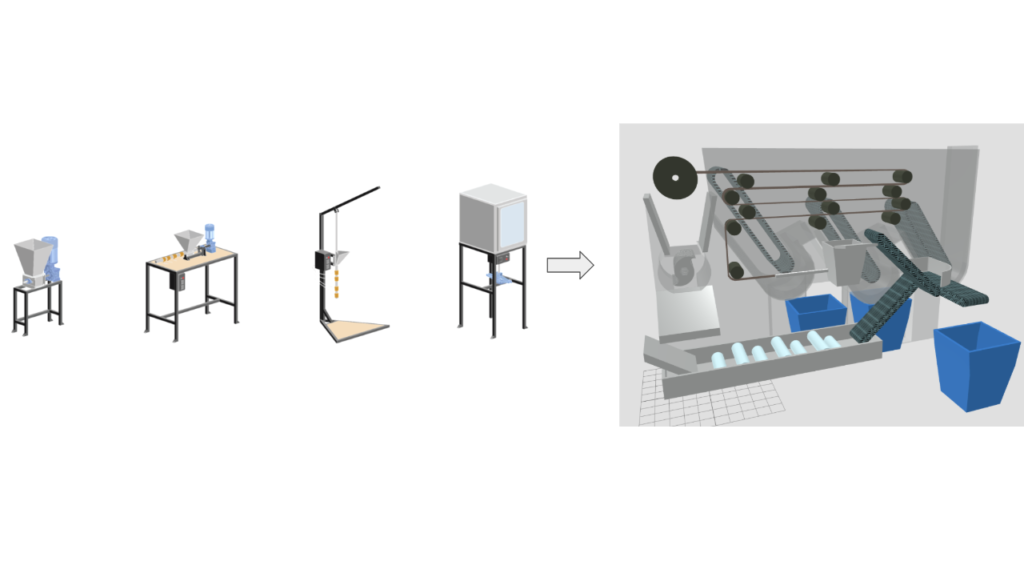

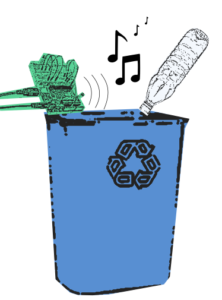
"Smart" Recycling Cans:
We’re currently building an open-source waste bin that automatically identifies and sorts trash from recyclables, and even food scraps.
Machine learning and AI will be critical in helping to identify and sort plastic. Therefore, we’re currently working on gathering the many images of trash to train a machine learning algorithm. We will make this database open.
Eventually, we hope to reward people for deposits with “credits” to use at the 3D printing kiosks, and be able to identify and sort deposited plastic.
Outdoor 3D Printing Kiosk:
Imagine being able to walk up to an outdoor machine, select from thousands of 3D printable objects, and walk away with something useful.
We are developing and building a public outdoor, self-serve 3D printing kiosk that’s free for the public to use. This will serve as a pilot program for the first version of the machine. Eventually, later versions will double as a plastic recycling hub where anyone can deposit a plastic bottle as 3D printing material. All the designs for this kiosk will be made open source and free to the public.
The benefit of shrinking the system down not only makes it more affordable and accessible to most people, but it enables us to attach the system to our Public 3D Printing Kiosk. This system will need to identify, shred, clean, dry, melt, and extrude plastic. Again, machine learning and AI will be utilized to help identify and sort plastic.
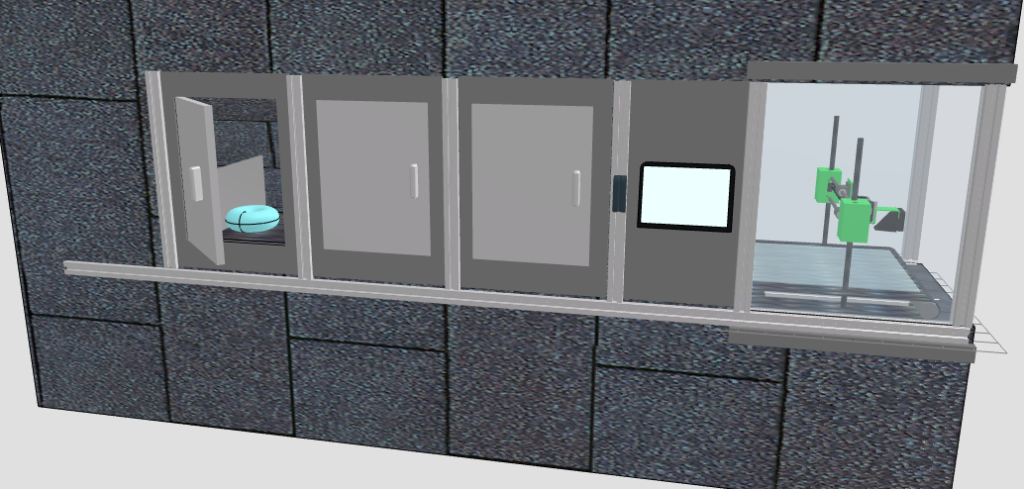

Circular Food
Huntsville Alabama’s fourth-largest city located in Madison county of north Alabama. This is a rapidly urbanizing city experiencing high population growth. Huntsville’s food system faces several current and future challenges owing to its rapid economic growth. These challenges are listed below.
1. Poor diets have led to high rates of obesity, cardiovascular disease, and cancers. Alabama the sixth most obese state in the country with 36.8% of the population being obese. Madison county where Huntsville lies has an adult obesity rate of 32.8% The Southern diet is high in added fats, fried food, eggs, processed meats, and sugar-sweetened beverages. The diabetes prevalence rate of Madison county is 12.3% which is higher than the national average of 9.4%. Even public schools in the city feed children with unhealthy meals.
2. People eat foods out of season due to the 7 month growing period in this region. Foods sold in supermarkets come with excessive packaging leading to rising landfill waste. These store-foods are generally from different states or even other countries. There is no reliable public transportation in Huntsville so each resident owns an average of two cars. For people who cannot afford cars, they depend on food sources around them. There is a high consumption of highly processed foods by a 15% of people facing poverty who find it difficult to afford healthier options. People in poverty are the worst affected as food deserts exist in North Alabama where the only food options are fast-food stores or gas stations.
3. The fast-paced culture of this city has also led people to cook less so the frequency of eating at restaurants has increased. There is excessive food waste from supermarkets and restaurants in the city and no centralized policies to mitigate it. Moreover, there is no enforced composting for creating manure from food waste so it ends up in landfills or is incinerated in a controlled manner indicating a linear disposable economy of food. Due to a rising urban population, there is an increased conversion of forests and green spaces to suburbs and shopping centers leading to higher demand for outsourced food. In addition, the suburban areas of Huntsville have excessive lawns, backyards and beautification spaces using water and land without gardens. These lands could be used for creating food forests instead so they provide an opportunity.
Huntsville is poised to become the largest city in Alabama by 2030 with a population of 231,886. In 2050, the projected population of approximately 250,000 if the current population growth rate of 1.4% remains steady. This will lead to an increased reduction of green spaces and a higher demand for outsourced food under a business as usual scenario. Due to climate change, Alabama also faces the threat of increased frequencies of drought-like other states such as those in the Western United States. This will lead to higher food insecurity and people in poverty will be hit the worst.
Envisioning Circular Food Systems
“The Internet of Food” is our project which is the result of years of research on what the future of food would look like in an ideal circular economy. This is a well developed concept of networked robotic food systems that produce healthy, hyper-local food, generate an income for their owners, and regenerate landscapes. We envision networks of automated indoor and outdoor gardens to provide urban food resilience, especially to communities in need.


Mycelium’s Food System Vision was done in collaboration with 21 local stakeholders of the food system which included farmers, restaurant owners, food researchers, and permaculturists. We collaborated with the Food Bank of North Alabama and the City Planning Department of Huntsville to create a video on food sustainability in Huntsville.
Watch the video below for our vision explained on a high level!
Circular Housing
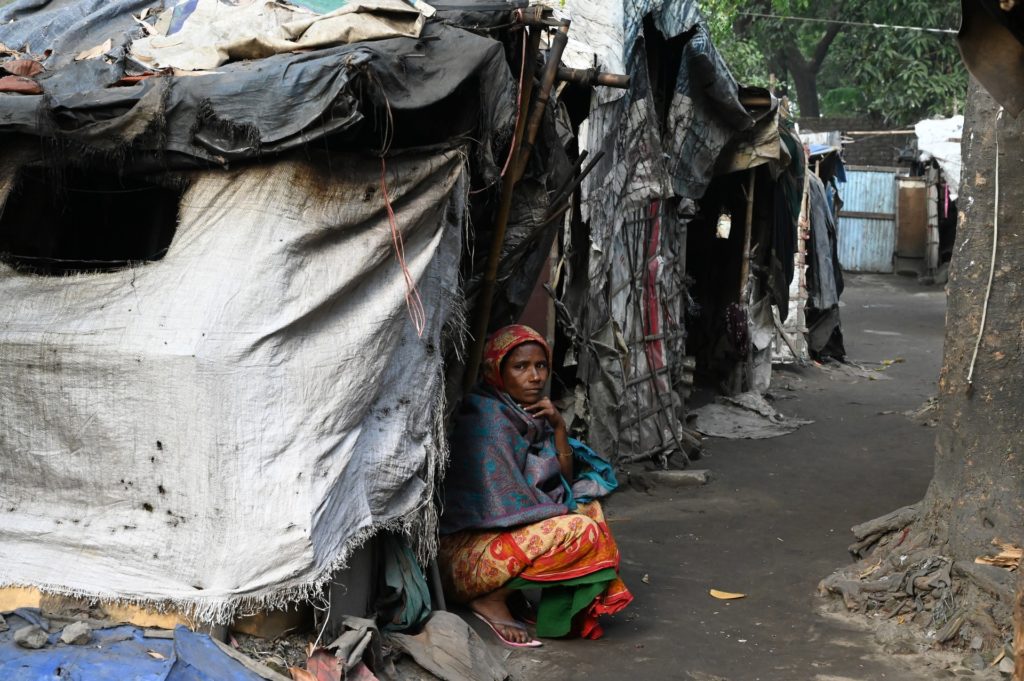
Housing:
As populations continue to rise, housing is becoming an issue. In many countries around the world, sprawling slums are becoming the new norm. In developed countries, increased urban populations has also put pressure on the inhabitants and has driven the costs of living above the average pay. More affordable housing can help alleviate many of these housing issues. That’s why we’re dedicated to applying technology like 3D Printing towards building affordable housing–especially for those in need.
Modular Mobile Living Pod:
We’re designing a modular, mobile living pod made out of plastic bags. It will be designed to be towed behind a bicycle. The goal is to design a modular living pod that can be 3D printed in sections at the public kiosks, or made from plastic bags into tiles. These pods can not only store a small amount of goods, but will have enough room to sleep in.

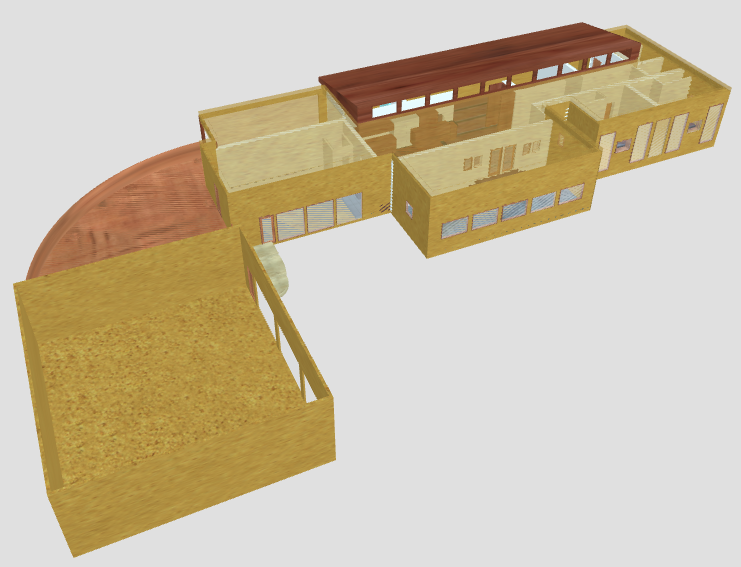
3D Printed Buildings from Mud:
It’s possible to utilize 3D printing technology and local resources to 3D print buildings out of mud, drastically reducing the cost of producing houses. We want to create the “Rep-rap” of open source mobile mud 3D printers.

